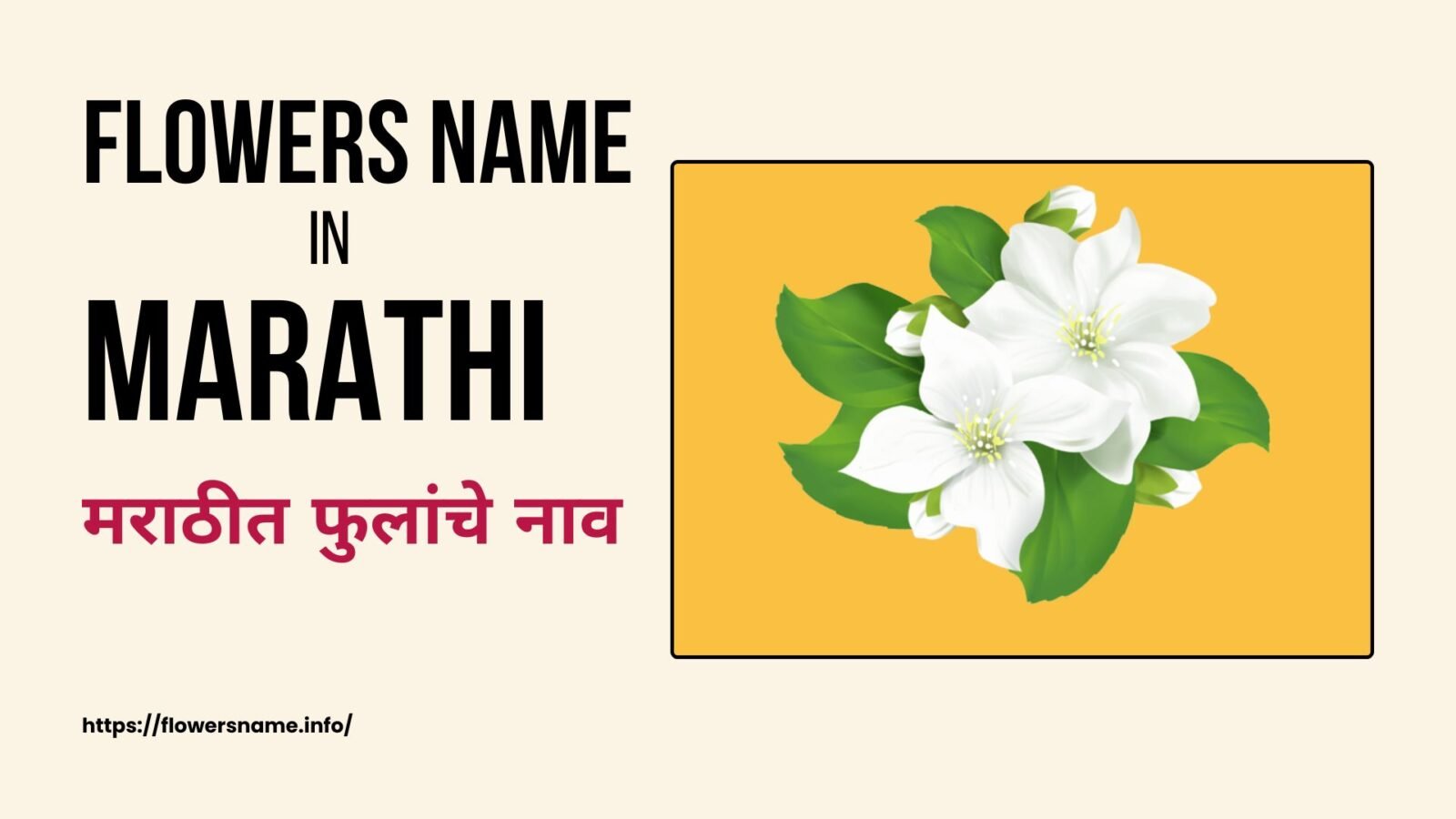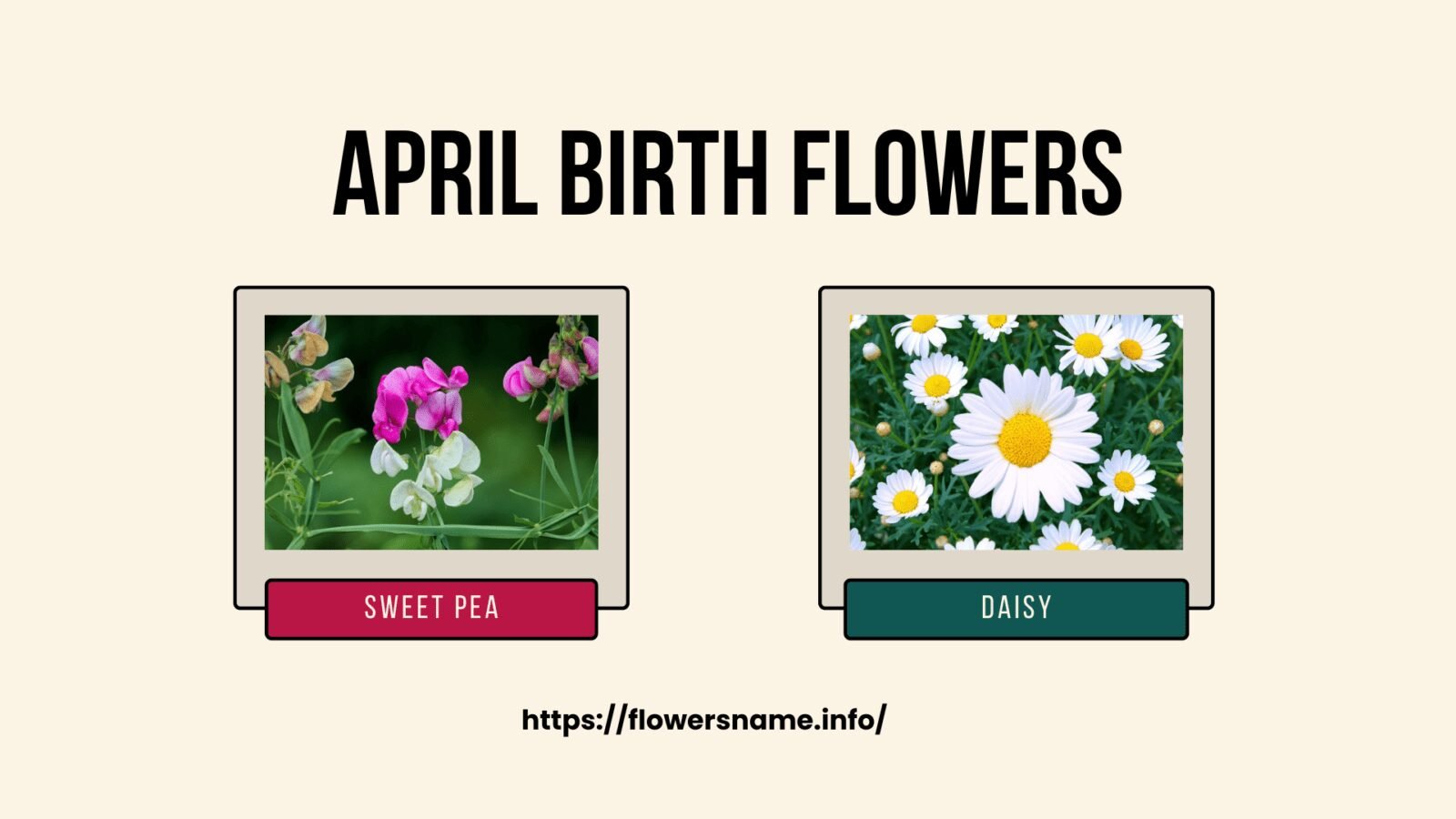The March birth flower is the daffodil, also known by its scientific name Narcissus pseudonarcissus.
March Birth Flower – Daffodil
The daffodil is a perennial plant that typically blooms in early spring, making it a perfect symbol of rebirth and renewal, which is fitting for the beginning of spring and those born in March. Daffodils are usually yellow or white, but can also be found in other colors like orange or pink. They are often associated with positivity, friendship, and good luck.
History Of Daffodil
 Daffodils are a genus of perennial flowering plants that belong to the Amaryllidaceae family. These plants are native to Europe, North Africa, and parts of Asia. Daffodils are known for their distinctive trumpet-shaped flowers and bright yellow color, although they can also come in shades of white, orange, and pink.
Daffodils are a genus of perennial flowering plants that belong to the Amaryllidaceae family. These plants are native to Europe, North Africa, and parts of Asia. Daffodils are known for their distinctive trumpet-shaped flowers and bright yellow color, although they can also come in shades of white, orange, and pink.
The history of daffodils can be traced back to ancient times. The Greeks and Romans knew of the plant and believed that it had medicinal properties. In the 16th century, daffodils were cultivated in Europe as ornamental plants, and by the 17th century, they had become popular garden plants.
During the 19th century, daffodils were hybridized and developed into the many different varieties that we know today. This period of hybridization and cultivation was especially prolific in England, where daffodils became a symbol of spring and rebirth.
Daffodils have also played a role in art and literature. William Wordsworth, a British Romantic poet, famously wrote a poem about daffodils called “I Wandered Lonely as a Cloud,” which describes a field of daffodils waving in the breeze. Daffodils have also been depicted in paintings by artists such as Vincent van Gogh and Claude Monet.
Today, daffodils are widely cultivated as ornamental plants around the world. They are often used in landscaping and gardening and are popular flowers for bouquets and arrangements. In some cultures, daffodils are also associated with the arrival of spring and the celebration of the Persian New Year, which takes place on the first day of spring.
Related: May Birth Flower
Uses of Daffodils
Daffodils are a type of bulbous plant that belongs to the Amaryllidaceae family. They are popular for their brightly colored flowers and are used in various ways. Some of the important uses of daffodils are:
- Ornamental plant: Daffodils are commonly grown as ornamental plants in gardens and parks. They come in different colors, including yellow, white, and orange, and are known for their trumpet-shaped flowers.
- Cut flowers: Daffodils are also used as cut flowers in floral arrangements. Their long stems and bright flowers make them a popular choice for bouquets and centerpieces.
- Medicinal purposes: Daffodils contain various alkaloids, such as galantamine, which have been found to be useful in the treatment of Alzheimer’s disease. They are also used in traditional medicine to treat a range of ailments, including fever, epilepsy, and asthma.
- Natural insecticide: Daffodils contain a toxic compound called lycorine, which makes them a natural insecticide. They can be used to repel insects and pests in gardens and farms.
- Symbolic meaning: Daffodils are often used as a symbol of hope and renewal, particularly in spring when they bloom. They are also associated with Easter and are commonly used in Easter decorations.
- Culinary uses: Daffodils are not commonly used in cooking as they are toxic if consumed in large quantities. However, their petals can be used to make a yellow dye for fabric.
Overall, daffodils are versatile plants with various uses, from decorative purposes to medicinal properties.
Symbolism of Daffodil
Daffodils are a popular spring-blooming flower that is often associated with new beginnings, renewal, and the arrival of spring. Beyond their aesthetic beauty, daffodils have a rich symbolic meaning that has been referenced in literature, poetry, and folklore for centuries.
Here are some of the most common symbolic meanings of daffodils:
- Renewal and Rebirth: Daffodils are often associated with the arrival of spring and the renewal and rebirth that comes with it. Their bright yellow color and sunny disposition can lift spirits after a long, dark winter, making them a symbol of hope and optimism.
- Friendship and Happiness: Daffodils are also associated with friendship and happiness. They are often given as gifts to friends and loved ones to celebrate happy occasions, such as birthdays or graduations.
- Creativity and Inspiration: Daffodils are a symbol of creativity and inspiration. In poetry and literature, they are often used to represent the creative process and the power of the imagination.
- Resilience and Endurance: Daffodils are hardy flowers that can survive in adverse conditions. They are a symbol of resilience and endurance, representing the ability to weather challenges and overcome adversity.
- Death and Mourning: In some cultures, daffodils are associated with death and mourning. This may be because the flower blooms in early spring, just as the winter snows are melting away and new life is emerging. The daffodil thus becomes a symbol of the cycle of life and death.
Final Words:
In conclusion, daffodils are beautiful and versatile flowers with a long history of cultural and medicinal significance. Their vibrant colors and early blooming season make them a popular choice for gardens and floral arrangements alike. Additionally, the compounds found in daffodils have potential health benefits, adding to their already impressive reputation. It’s no wonder why these cheerful flowers have become a symbol of springtime and renewal, standing alongside other iconic flowers like tulips and roses in their popularity and allure.






